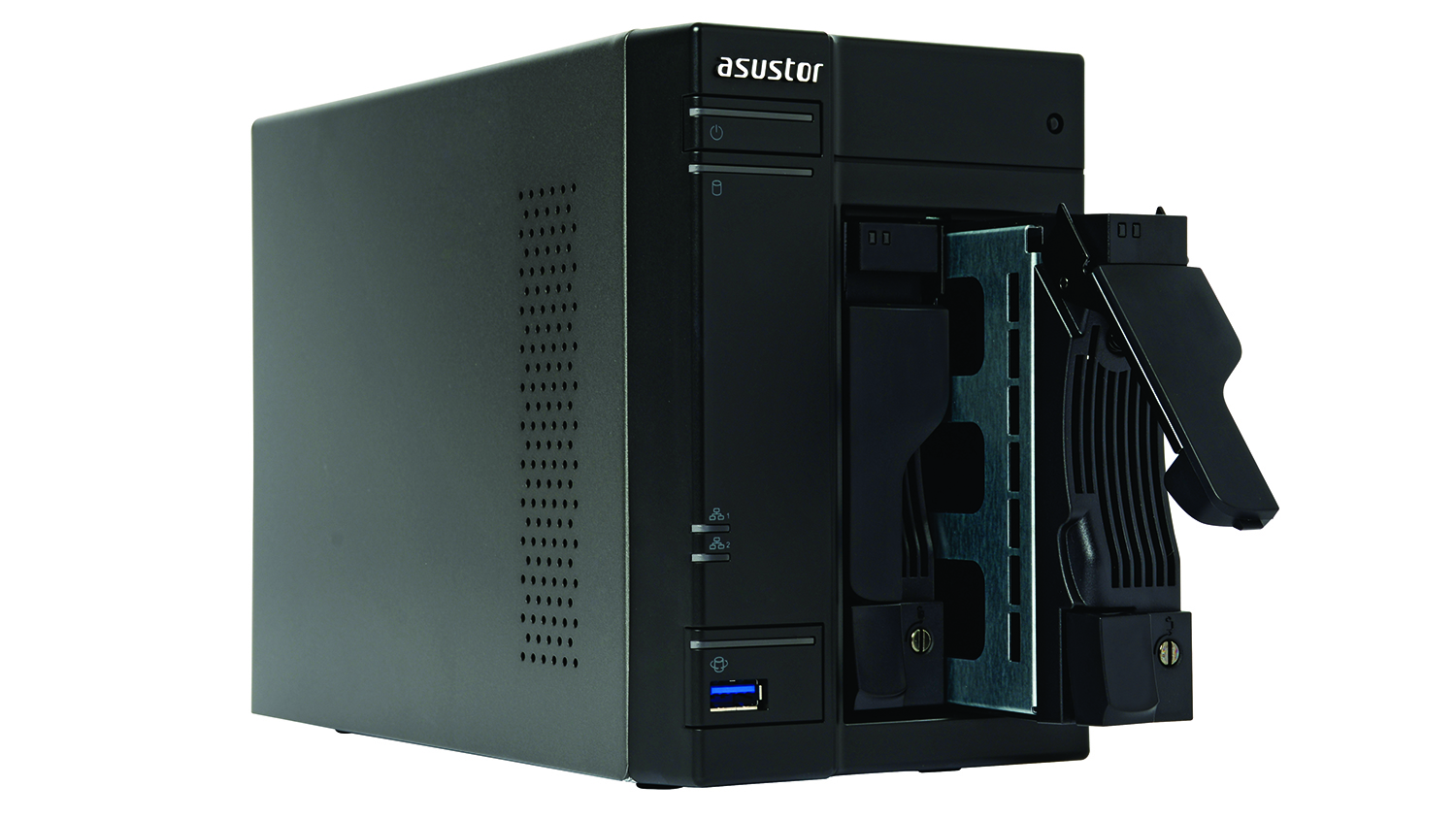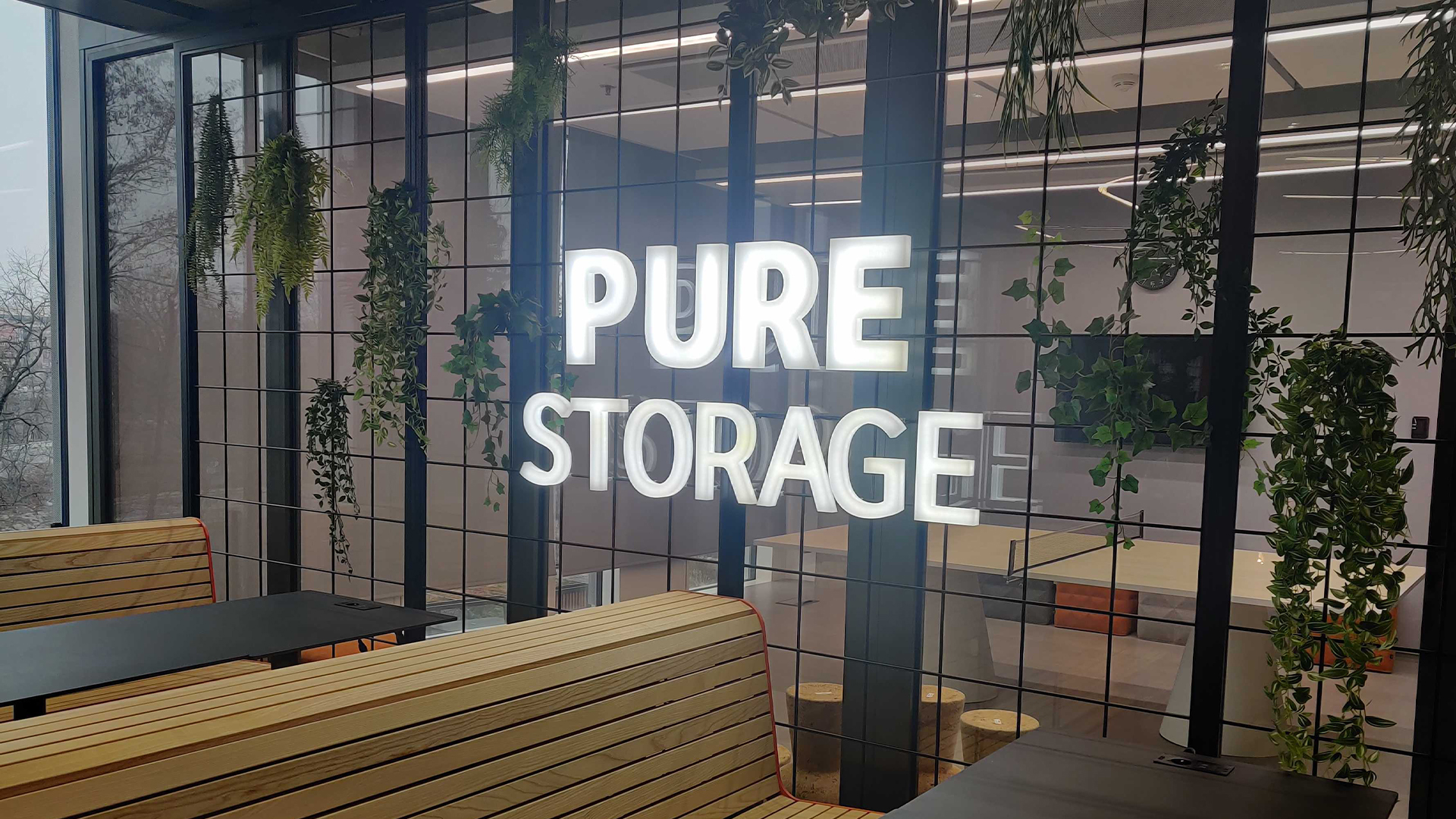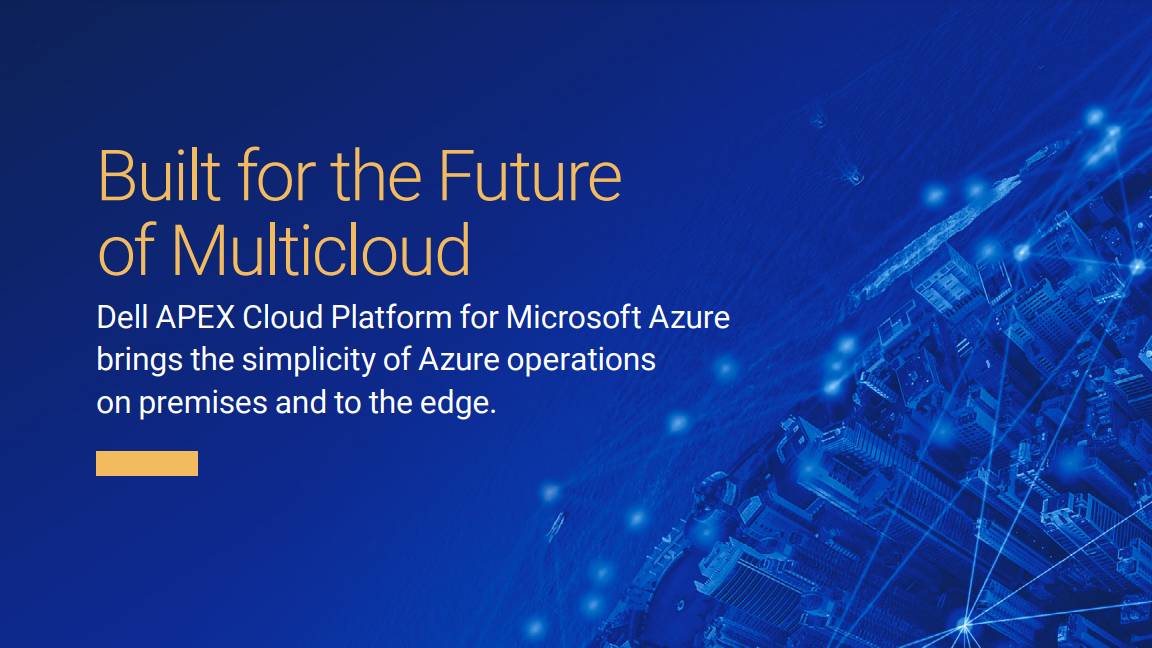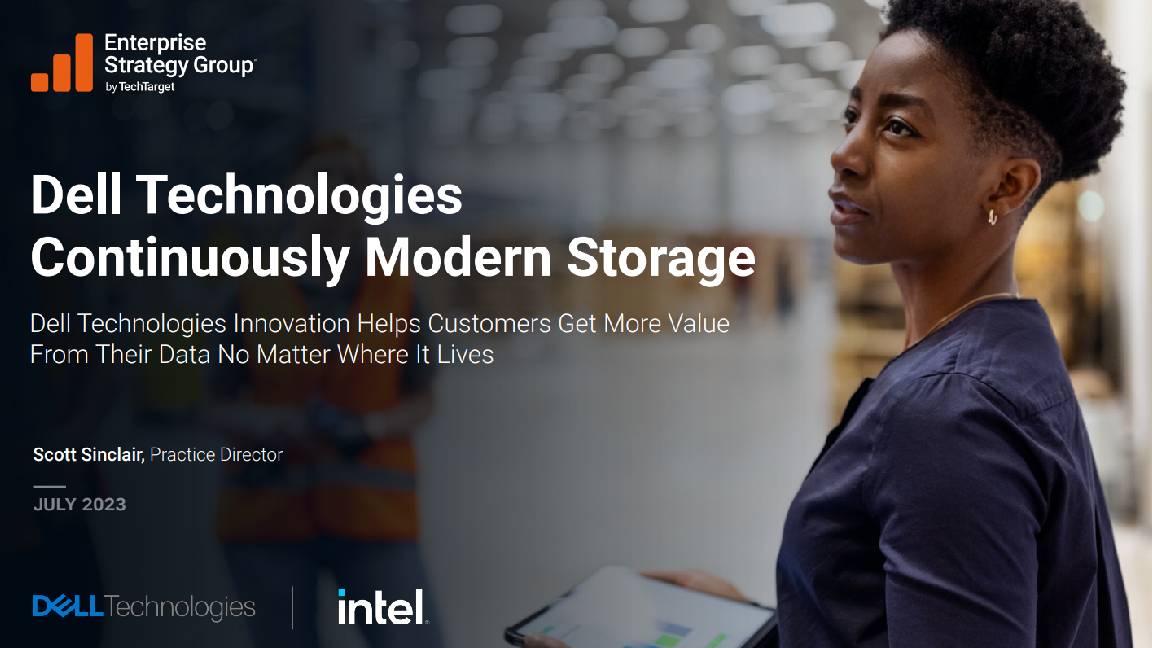Let's get NAS-ty: how network storage is catching up to the cloud
You might think cloud storage is the future, but your hard disk isn't going down without a fight


Is there a place for NAS anymore? Until recently, I wasn't sure. Five years ago, the idea of centralised backup and file storage for my home and small business was incredibly appealing. Now I use OneDrive and Dropbox as my go-to save locations, while Google Drive and iCloud Drive play a role in supporting my iOS and Android hardware.
Similarly, I once had big plans to centralise all the music, movies and recorded TV in the home and make it accessible through our Android tablets and Roku media streamers. Now, with the likes of Netflix, Now TV, Amazon Prime and Spotify, that idea seems redundant.
Unexpectedly, however, I'm beginning to change my mind. For one thing, NAS drives are becoming easier to set up and work with, so that I can get the kind of convenient, heavily automated sync and sharing I expect from Dropbox through my own personal cloud. With some of the more advanced units in particular, many of the hoops you used to have to jump through have disappeared. I can access my content through my phone or my browser, and even have my phone's photos upload automatically over Wi-Fi.
Read our article on the Best NAS Drives for more information about what NAS could suit you.
Performance is another big strength. Sure, my personal video library can't rival that of Netflix, but there's no buffering or dropped connections to spoil my entertainment. I can work on a document right from the NAS folder, and I wouldn't even know that it's not on my local drive. If I need to back up edited photos, it happens in seconds.
What's more, there's no need to worry about capacity, with 2TB or more of space. Sure, I don't think it's an option to run a library of Steam games directly from a NAS, but there's nothing to stop me syncing libraries across my two PCs. Try doing that with a cloud storage service.
Most of all, though, I'm impressed with the power and versatility of these devices. In a way, NAS has become too limiting a term; you can use them for simple backup, sync and storage, but some are now all-in-one media centres, IP camera security centres or even simple, low-cost email, web and VPN servers.
Get the ITPro daily newsletter
Sign up today and you will receive a free copy of our Future Focus 2025 report - the leading guidance on AI, cybersecurity and other IT challenges as per 700+ senior executives
I can use one to stream Ultra HD video to my TV, but I could also use it for a small business virtualisation strategy or to service a school's intranet. It's hard to think of any other hardware that's so affordable and flexible. NAS devices mimic the advantages of cloud storage without many of the disadvantages, giving you the same "anytime, anywhere" access, but at a lower ongoing cost with more capacity and control.
In short, the NAS comeback is on.
Stuart has been writing about technology for over 25 years, focusing on PC hardware, enterprise technology, education tech, cloud services and video games. Along the way he’s worked extensively with Windows, MacOS, Linux, Android and Chrome OS devices, and tested everything from laptops to laser printers, graphics cards to gaming headsets.
He’s then written about all this stuff – and more – for outlets, including PC Pro, IT Pro, Expert Reviews and The Sunday Times. He’s also written and edited books on Windows, video games and Scratch programming for younger coders. When he’s not fiddling with tech or playing games, you’ll find him working in the garden, walking, reading or watching films.
You can follow Stuart on Twitter at @SATAndrews.
-
 Pure Storage's recent hyperscaler ‘design win’ could be the death knell for disk storage
Pure Storage's recent hyperscaler ‘design win’ could be the death knell for disk storageNews Disk storage’s ubiquity in the enterprise market could be coming to an end
By Solomon Klappholz
-
 Cloud storage growth set to skyrocket as AI drives data retention needs
Cloud storage growth set to skyrocket as AI drives data retention needsNews Widespread AI adoption is prompting huge investment in cloud storage capacity
By Nicole Kobie
-
 The business value of Dell PowerStore
The business value of Dell PowerStoreWhitepaper High-performance storage that can improve performance and reduce operational costs
By ITPro
-
 Built for the future of multicloud - Microsoft Azure
Built for the future of multicloud - Microsoft Azurewhitepaper Built for the future of multicloud - Microsoft AzureFuture proof your infrastructure for a competitive advantage
By ITPro
-
 Dell Technologies continuously modern storage
Dell Technologies continuously modern storageWhitepaper Maximize the value of your data
By ITPro
-
 DCIG: Top five enterprise Storage as A Service solutions
DCIG: Top five enterprise Storage as A Service solutionsWhitepaper Operations and IT leaders turn ambition into advantage
By ITPro
-
 Everest Group PEAK matrix for Salesforce industry cloud service provider 2023
Everest Group PEAK matrix for Salesforce industry cloud service provider 2023whitepaper An assessment of 16 Salesforce providers featured on the Salesforce Industry Cloud services PEAK Matrix
By ITPro
-
 Modern storage: The answer to multi-cloud complexity
Modern storage: The answer to multi-cloud complexityWhitepaper Innovative organizations need innovative storage to manage and leverage their data no matter where it lives
By ITPro

